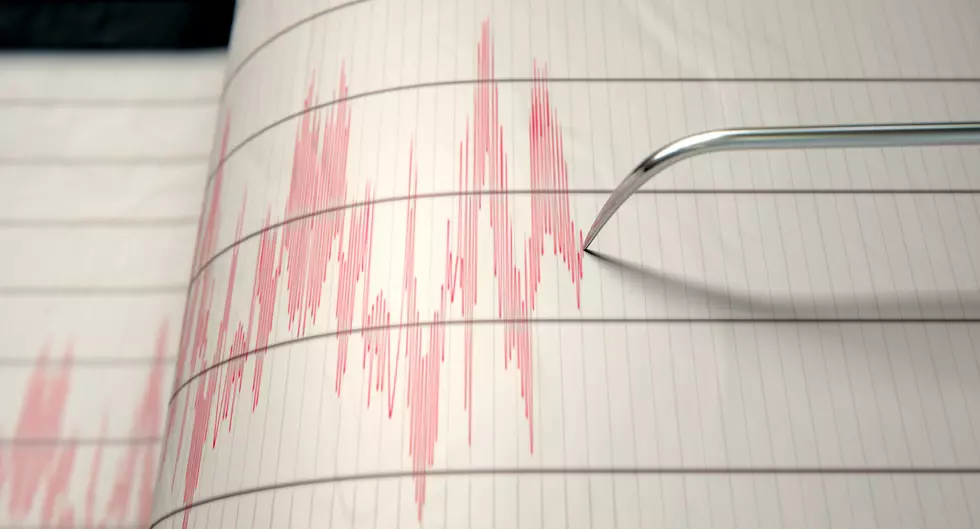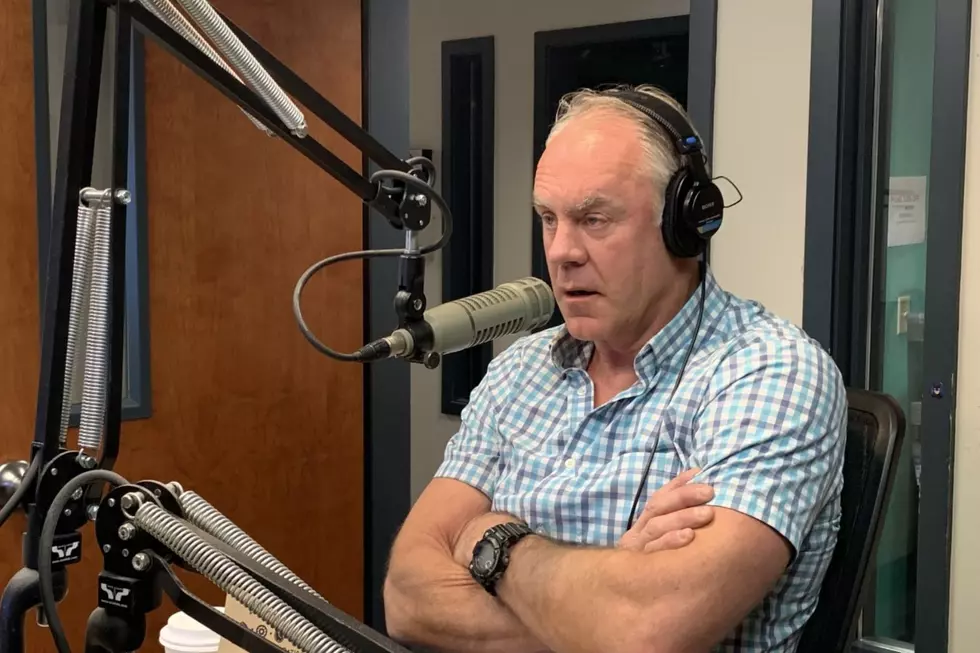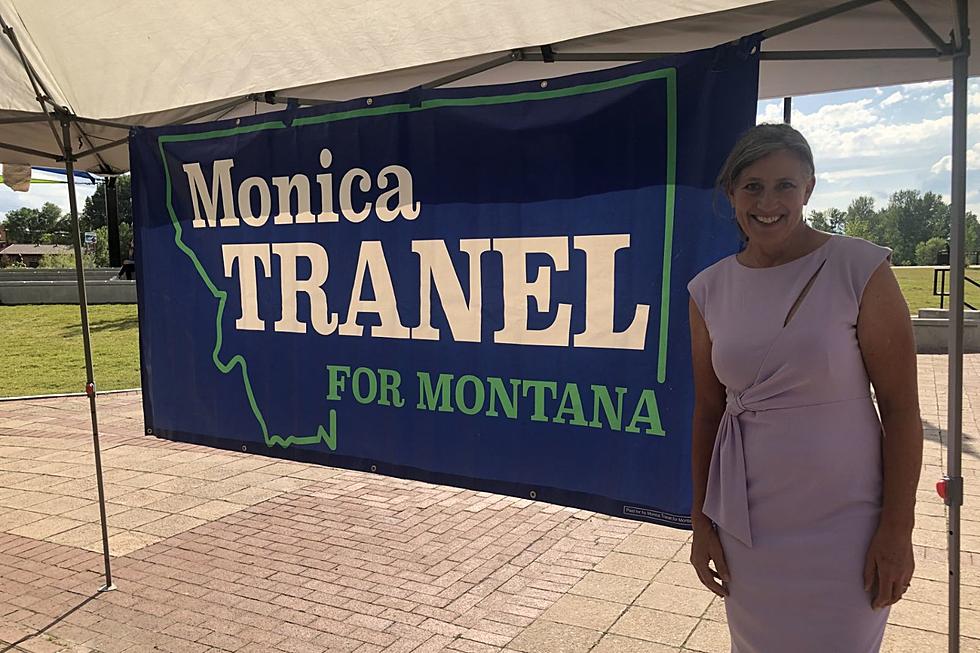
Republican Leader Fears ‘Lower Propensity Voters’ May Sink GOP Congressional Candidate With Mail In Ballot
State Republican Party Chairman Jeff Essman issued an 'Emergency Chairman's Report' on the eve of the presentation of SB 305, the mail-in ballot bill for the upcoming special election to replace Congressman Ryan Zinke.
Lobbyist for the Montana Association of Clerks and Recorders and Elections Administrators, Linda Stoll, said Essman's report contains an alarming claim, that too many of what he calls 'lower propensity voters' might vote, thus increasing the Democratic Party's chance to wrest control of the seat from Republicans.
"Essman's report claims that if we have a mail-in ballot for that election that the turnout will be higher, and that it may hurt the Republican Party's opportunity to win that race," Stoll said. "The counties have been pushing this bill because this is an unbudgeted, unanticipated special election. As it is, the counties are going to have to find the money somewhere to pay for it, even if it is a mail-in ballot election."
What does Stoll think the term 'lower propensity voters' means?
"All I can say, is that these are people that he doesn't think should vote," Stoll said. "We're all a little mystified by that. A 'lower propensity voter' would indicate to me a person who is probably not as likely to vote at a polling booth election as they are if they get their ballot in the mail."
Following is a portion of the letter sent from Senator Essman;
- Early Mail Voting Favors Democrats Data from Montana in the 2016 cycle showed Democrats dominated early voting. Democrat candidates for President, Congress and Governor consistently over-performed among voters who said they had already cast their ballots.
| Already Voted | Not Voted | ||||
| Avg. of GOP candidates | Avg. of Dem. candidates | NET GOP | Avg. of GOP candidates | Avg. of Dem. candidates | NET GOP |
| 39% | 49% | -10 | 44% | 39% | +5 |
- Lower Propensity Voters Favor Democrat Candidates
Vote-by-mail is designed to increase participation rates of lower propensity voters. Democrats in Montana perform better than Republican candidates among lower propensity voters and Republican candidates do better among higher propensity voters.
| 0-1/4 Voters | 3-4/4 Voters | ||||
| Avg. of GOP candidates | Avg. of Dem. candidates | NET GOP | Avg. of GOP candidates | Avg. of Dem. candidates | NET GOP |
| 33% | 44% | -11 | 45% | 42% | +3 |
Stoll said off-year federal elections barely result in a voter turnout of more than 35 percent.
"That's a horrific number," she said. "We think if every voter in Montana gets a ballot, we can increase that turnout substantially, and that just means that more people have participated in that election."
Once Zinke is confirmed by the U.S. Senate as the new Secretary of the Interior, the process to hold a special election will officially begin.
More From Newstalk KGVO 1290 AM & 98.3 FM









